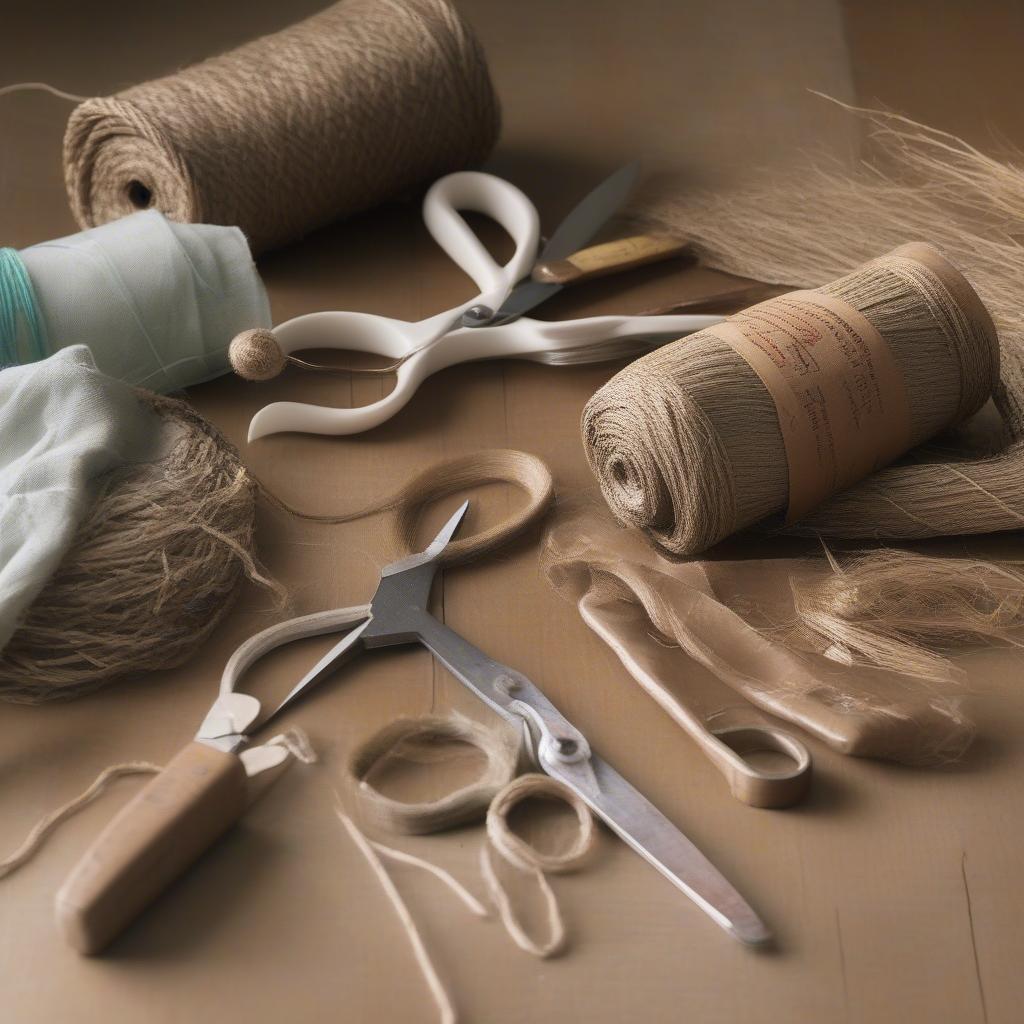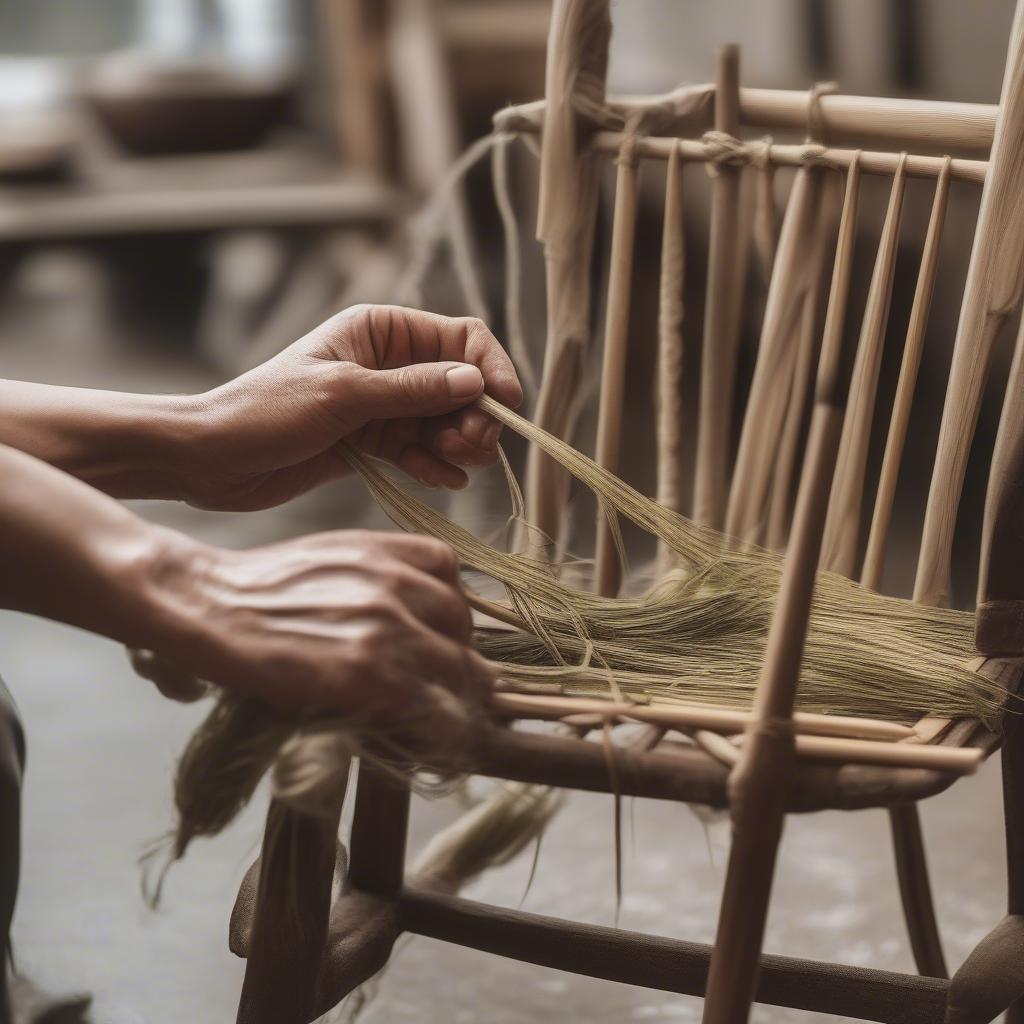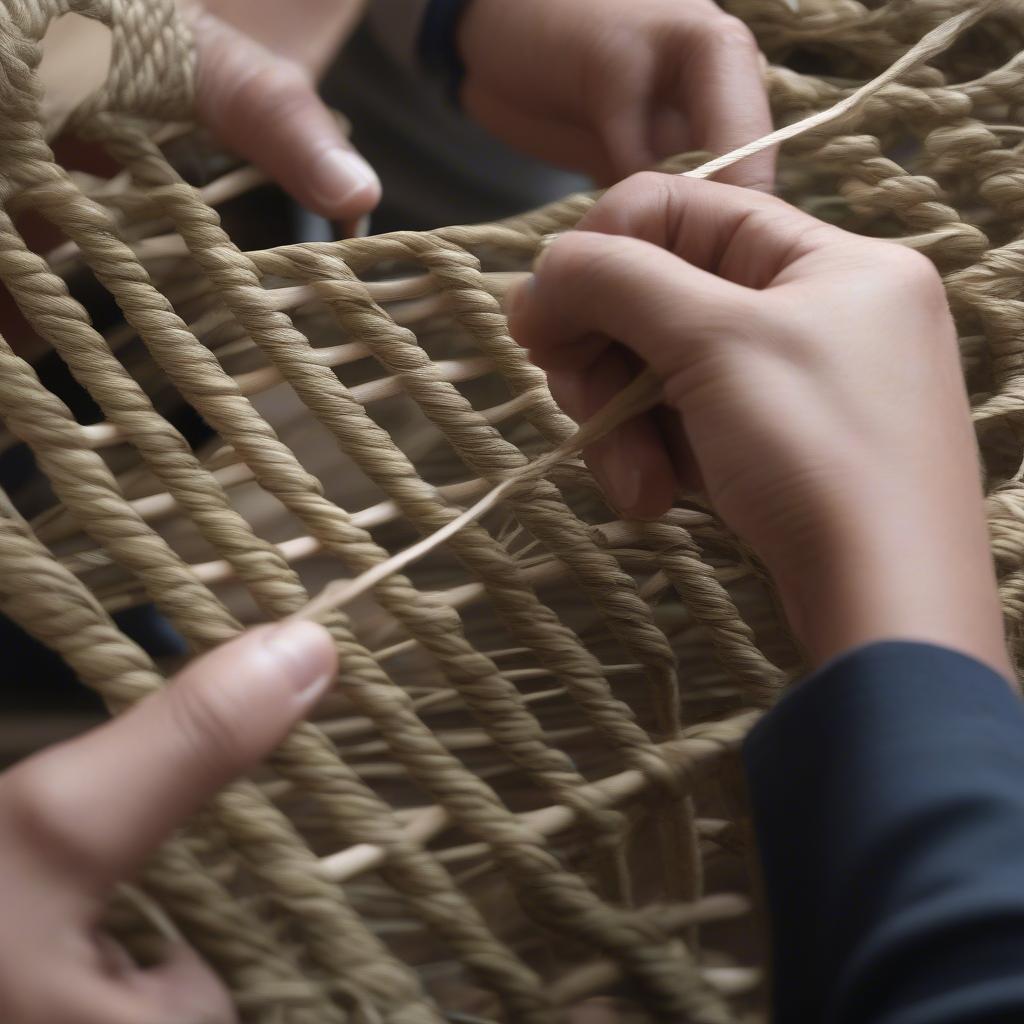Weave Chair
How to Weave a Seagrass Chair Seat
Learning how to weave a seagrass chair seat is a rewarding craft that combines traditional techniques with natural materials. Whether you’re restoring a cherished family heirloom or simply adding a touch of handcrafted elegance to your home, mastering this skill will allow you to create beautiful and functional pieces. This comprehensive guide will walk you through the entire process, from selecting the right seagrass to finishing your newly woven seat.
Gathering Your Materials for Seagrass Chair Seat Weaving
Before you begin weaving, it’s essential to gather all the necessary materials. This will ensure a smooth and uninterrupted weaving process. You’ll need seagrass cord, of course, which you can purchase online or at craft stores. Make sure to buy enough for your entire project, considering the size and complexity of your chair seat. You will also need a sturdy frame for the chair, sharp scissors for trimming the seagrass, and a measuring tape to ensure accurate cuts. A blunt needle or a bodkin can be helpful for threading the seagrass. Finally, consider a comfortable work surface at a suitable height.
 Preparing Materials for Seagrass Chair Seat Weaving
Preparing Materials for Seagrass Chair Seat Weaving
Preparing the Chair Frame and Seagrass
Inspect the chair frame carefully, ensuring its structural integrity. Any loose joints or damaged parts should be repaired before beginning the weaving process. If you’re replacing an old seat, carefully remove it, noting the original weaving pattern. This can serve as a guide for your new seat. Next, measure the seat opening to determine how much seagrass you’ll need. It’s always a good idea to have a bit extra. Pre-soaking the seagrass can make it more pliable and easier to work with. Some weavers prefer to soak it for a few minutes, while others skip this step. Experiment to see what works best for you.
 Prepping the Chair and Seagrass Cord
Prepping the Chair and Seagrass Cord
Beginning the Weaving Process: The First Few Rows
Now for the exciting part: starting the weave! Begin by creating a base layer using a simple over-and-under pattern. This will anchor the rest of your weaving. Secure the starting end of the seagrass to the frame with a knot, then begin weaving across the seat opening, passing the seagrass over and under the frame rails. Maintaining even tension is crucial for a neat and durable seat. As you complete each row, gently push it down towards the previous row to create a tight and even weave. Remember, the first few rows set the foundation for the rest of your work, so take your time and ensure accuracy. For more information on other types of chair weaving, see types of chair weaving.
“The key to a beautiful seagrass seat is consistent tension,” advises renowned furniture restorer, Amelia Cartwright. “This ensures the final product is both visually appealing and structurally sound.”
Building Upon the Base: Creating the Pattern
Once you’ve established a solid base, you can begin to build upon it, creating your desired pattern. There are numerous seagrass weaving patterns to choose from, from simple checkerboard designs to intricate geometric motifs. Choose a pattern that complements the style of your chair and reflects your personal aesthetic. As you weave, remember to maintain consistent tension and to push each row down firmly against the previous one. This will help to create a tight, durable, and attractive seat. You may find weaving a chair seat crossword helpful for inspiration.
 Weaving the Seagrass Pattern for the Chair Seat
Weaving the Seagrass Pattern for the Chair Seat
Finishing Touches and Securing the Ends
As you approach the end of your weaving project, carefully plan how you will finish off the edges and secure the loose ends. A neat finish is essential for a professional-looking result. Tuck the loose ends under previous rows, ensuring they are hidden and secure. You can also use a needle to weave the ends back into the pattern. Trimming any excess seagrass will give your seat a polished look.
“A well-finished seat is a testament to the weaver’s attention to detail,” says Cartwright. “It’s the finishing touches that truly elevate a piece from functional to beautiful.” You can even adapt these techniques to weave chair back as well.
How Long Does It Take to Weave a Seagrass Chair Seat?
The time required to weave a seagrass chair seat varies depending on the complexity of the pattern, the size of the seat, and your weaving experience. A simple seat can be completed in a few hours, while a more complex design might take a day or more. Check out how to weave a chair seat with cord for some more ideas.
How Do I Choose the Right Seagrass for My Chair?
Select high-quality seagrass that is strong and pliable. The thickness of the seagrass should be appropriate for the size and style of your chair. ladderback chair re weaving seats might require a different thickness of seagrass than other chair types.
What are Common Mistakes to Avoid When Weaving a Seagrass Chair Seat?
Common mistakes include uneven tension, inconsistent spacing, and poorly secured ends. Practice on a small sample piece before tackling a full chair seat.
In conclusion, weaving a seagrass chair seat is a rewarding project that allows you to create a beautiful and functional piece of furniture. By following these steps and paying attention to detail, you can master this traditional craft and bring new life to your chairs.
FAQ
- What tools are needed for seagrass weaving?
- How do I secure the seagrass to the chair frame?
- Where can I buy seagrass cord?
- What are the different seagrass weaving patterns?
- How do I repair a damaged seagrass chair seat?
- What is the best way to clean a seagrass chair seat?
- How do I store a seagrass chair seat?
For further assistance, please contact our 24/7 customer support team at Hotline: +84 388 951 999 or visit us at our offices in Hanoi, Vietnam or Tech Avenue, Suite 12, San Francisco, CA 94105, USA.
